#Matherne Connor
Explore tagged Tumblr posts
Photo

'Ridiculously Detailed' New Image of The Moon Is a Masterpiece of Space Photography
(Andrew McCarthy/Connor Matherne)

178 notes
·
View notes
Text

Eye of God
"Planetary scientist and astrophotographer Connor Matherne invested two years and over 100 hours of exposure time to create a stunning image of the Helix Nebula. Also known as the Eye of God, it is one of the closest planetary nebulae to Earth. Sitting at about 650 light-years away from Earth in the Aquarius constellation, this cloud of gas and dust is a sight to behold."
2 notes
·
View notes
Text

It took astrophotographers Andrew McCarthy and Connor Matherne over nine months to edit their final image. It's comprised of more than 200,000 shots pieced together to make a single photograph. (Andrew McCarthy and Connor Matherne)
22 notes
·
View notes
Text
One of my favourite nebulae with apparent animal-like features is catalogued as LBN 203.50-30.15 in Beverly Lynds' Catalogue of Bright Nebulae. Located at 04h 45m, −06°, immediately to the east of the Witch Head Nebula in the constellation Eridanius, it's often referred to by astronomers as the "Howling Wolf Nebula" for its striking resemblance to its namesake. It’s notoriously difficult to photograph, as it's a reflection nebula mostly lit only by a single Sun-like star – the planet-bearing HD 30562 – which appears as the wolf's nose. A few astronomers have given it a shot though, such as Dan Crowson, Casey Good, and Connor Matherne, who've produced some great images of this beautiful blob of hydrogen.


It looks like a space dragon, god I love nebulae
1K notes
·
View notes
Text
A brief history of the early photos of the Moon
The Moon is the brightest object in the night sky, so when photography was invented, photographers were determined to get the first image of it.
The very first person to take a photo of the moon was known as Louis Daguerre, the man who invented the daguerreotype process, one of the earliest forms of photography. It was so popular that renowned U.S president Abraham Lincoln and poet Emily Dickenson had their photos taken in daguerreotypes.
He took the photo in 1839- however- a fire broke out in his laboratory and burned all of his work to the ground. This meant that the first known photo of the moon, was burned up, and destroyed forever. However, not too long after, in 1840, John William Draper took a photo using the daguerreotype process from a observatory, this photo of the oldest surviving photo of the Moon is shown below.
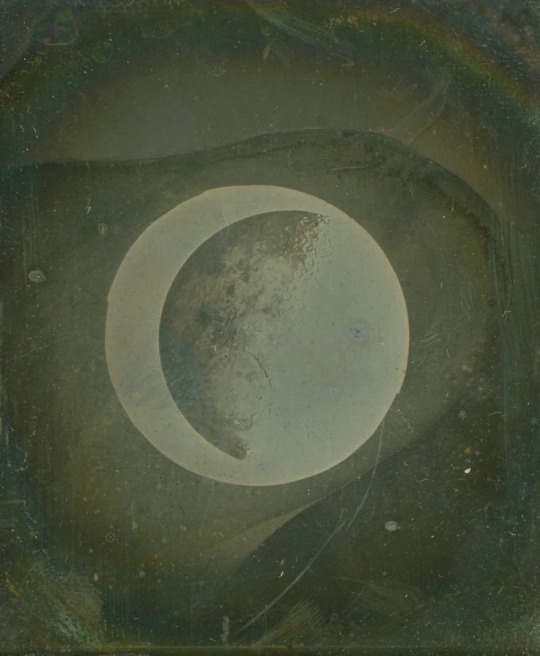
The following are photos taken around the same time, with their creators listed with them.
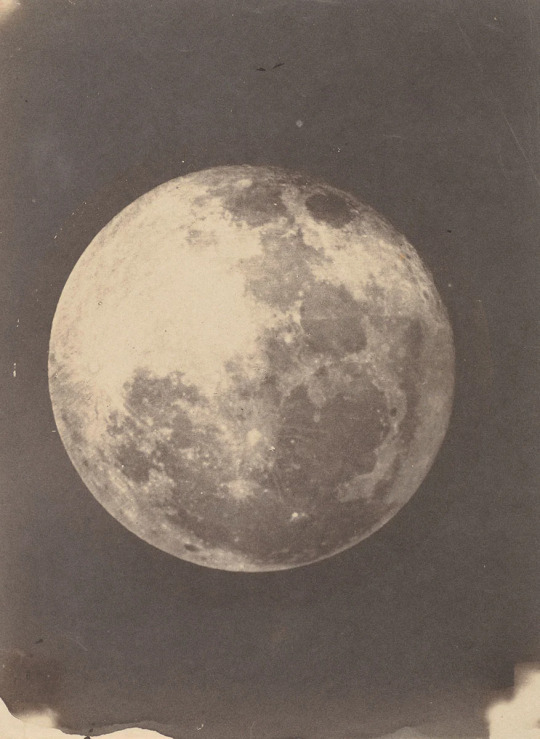
(John Adams Whipple and James Wallace Black)
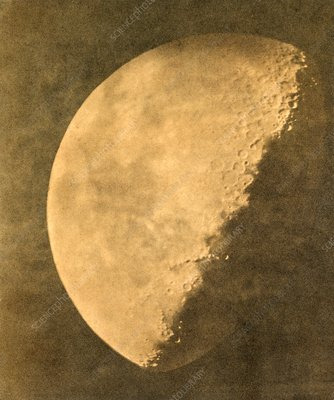
(John Adams Whipple)
When Draper had a son (Henry Draper), he inherited his father's passion for astrophotography. Even with it being not too long after photography was first invented (1822), he took some remarkable photos of the Moon, and is well-known for taking some of the clearest and best photos of the moon for the 19th century, the detail on these images were (and still very much are) incredible for the time!
Shown below is Henry Draper and his most famous photos of the Moon.

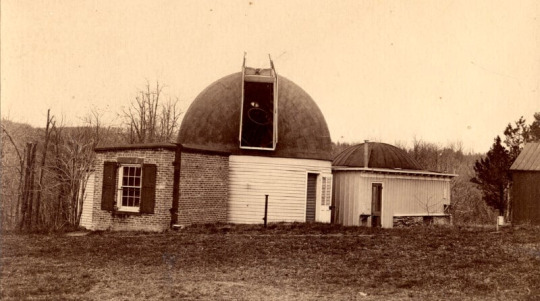
Henry Draper's Observatory ^
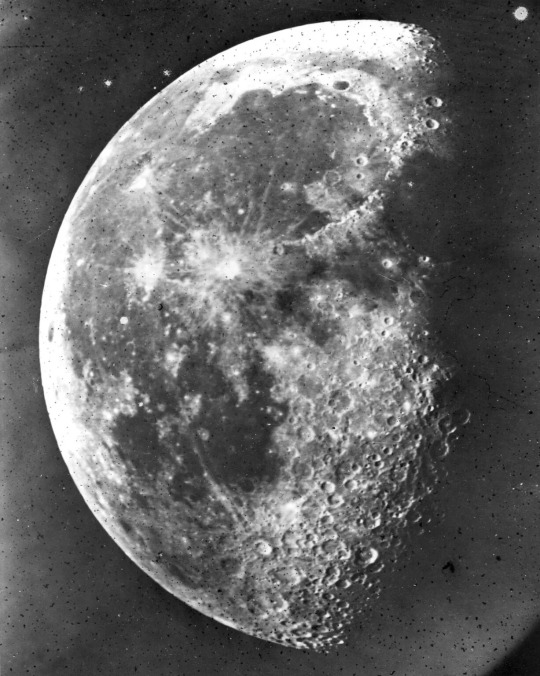
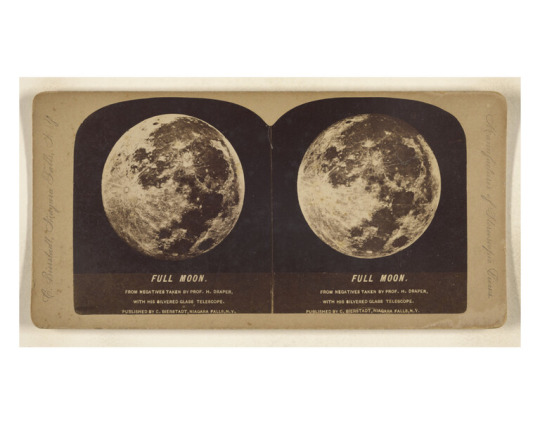
As the years went on the quality of these photos got clearer and more consistent, since there were different ways to take photographs as the years went on. When a new century arrived, new photos were being taken of several planets in our solar system, such as Jupiter, Mars, Saturn, Neptune, etc. An example of the new photos include the following image
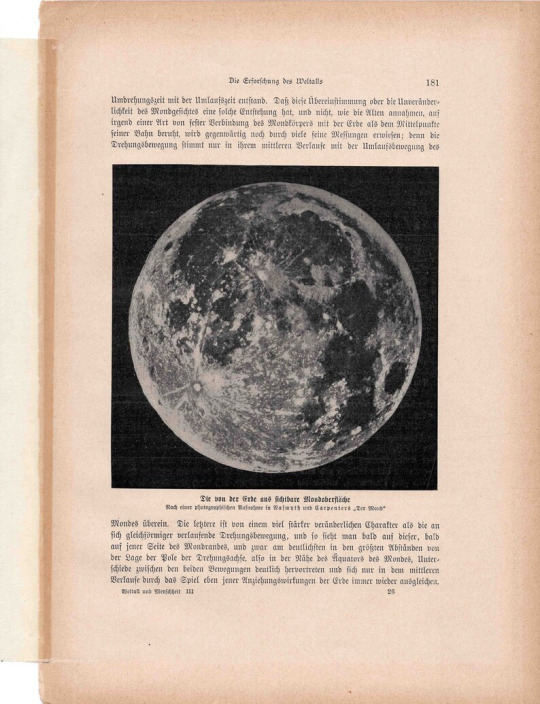
(Weltall und Menschheit) Taken on a lithograph
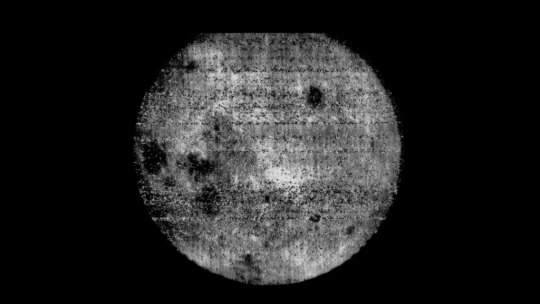
(Soviet Spacecraft) 07 October 1959, Luna 3 captured the dark side of the moon on film, then developed it robotically and faxed photos to Earth.
Over one hundred years after the first photo of the moon was taken by Louis Daguerre in 1939, the United States landed on the moon. When they landed, they took this iconic photo, which was labelled as the "Greatest picture ever" in 1969. It was the first time a man had stepped on the moon, and it illustrates how monumental this image was to the American people.
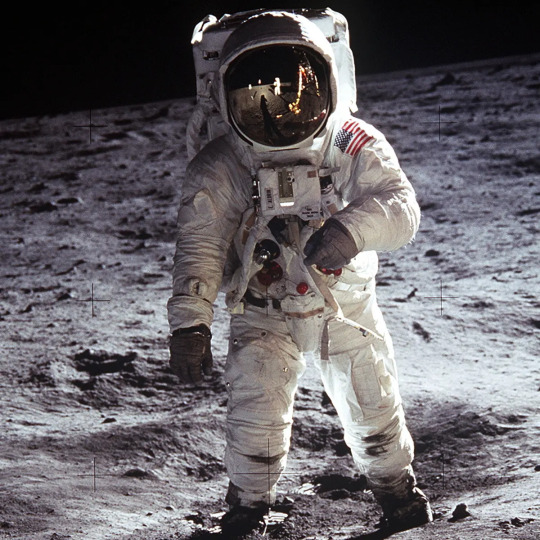
Buzz Aldrin on the Lunar surface
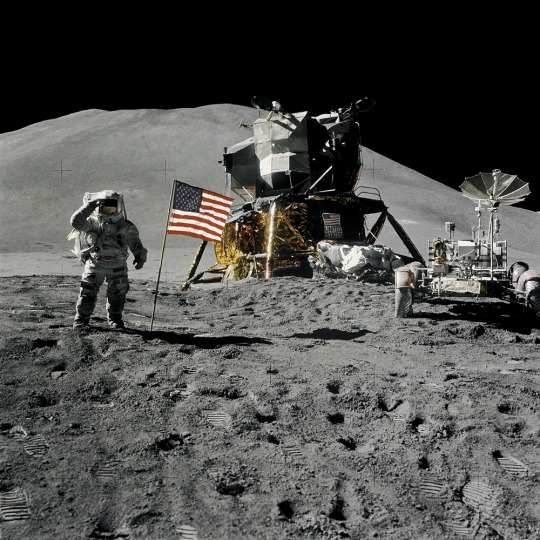
Jim Irwin next to the lunar module that allowed them to get safely to the surface.
Even in 2024, we are still taking incredible photos of the different planets in our solar system (and beyond), they are much higher quality than those taken over one-hundred years ago. But that doesn't mean that those photos should be forgotten about- because without them, we wouldn't be where we are today. We wouldn't be taking photos of the moon like this incredible, jaw-dropping photo of it taken in 2024 by Astro-photographers Andrew McCarthy and Connor Matherne.

SOURCES:
https://www.1000museums.com/shop/art/henry-draper-charles-bierstadt-full-moon-from-negatives-taken-by-prof-h-draper-with-his-silvered-glass-telescope/
0 notes
Text

NGC-3372 Keyhole/Carina Nebula by: R.J. Gabany cropped Mobile Phone Wallpaper V. 1 480x800
#Keyhole Nebula#Carina Nebula#Etae Carina#APOD#ESA#NASA#ESO#R.J. Gabany AstroPhotography#Adam Block#Roberto Colombari#Matherne Connor#Lee Borseboom#Chuck Astrophot ography
3 notes
·
View notes
Photo
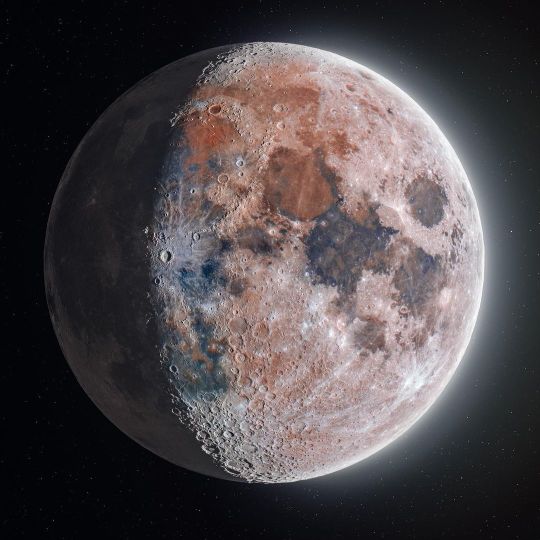
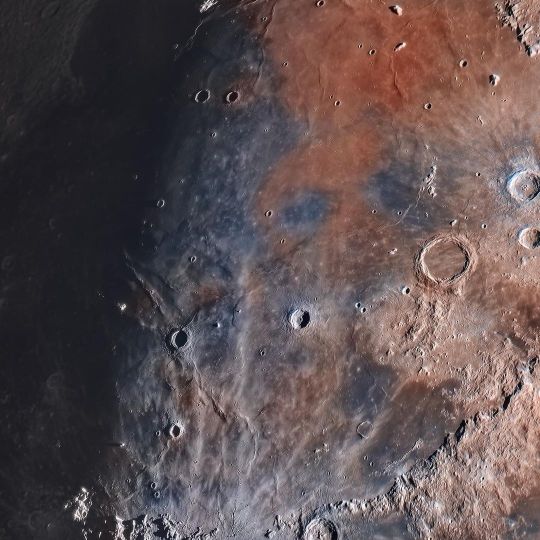




The Moon
The most ridiculously detailed" image of Earth's lunar neighbor was a two-year project captured by two astrophotographers.
The 174-megapixel image, which shows the moon's colors, craters and glowing aura in stunning detail, was first revealed on Reddit on Saturday. Through Reddit and Instagram, Andrew McCarthy, known for his breathtaking astrophotography skills, teamed up with planetary scientist and fellow photographer Connor Matherne, who has been acclaimed for his striking and vibrant photos of galaxies and nebulae.
The two previously worked together to create an incredible glowing and detailed image of the moon.
#The Moon#space#astronomy#astrophotographers#science#scientists#solar system#Andrew McCarthy#Connor Matherne
4K notes
·
View notes
Text

Moon & Stars in HDR
Data from different scopes,stack of 80000 images!
Processed by: Connor Matherne www.cosmicspeck.com
#Moon#Stars#Lunar#luna#NASA#ESA#ESO#Hubble scope#AstroPhotography#Connor Matherne#Astrobin#www.cosmicspeck.com#stack of 80000 images!!!
38 notes
·
View notes
Text
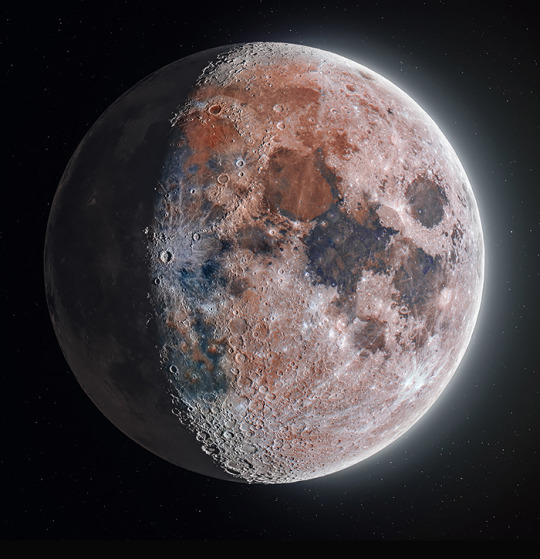
Moon: The Hunt for Artemis
l Andrew McCarthy & Connor Matherne
#moon#space#nasa#astrophotography#solar system#planets#galaxy#astronomy#night#sky#stars#universe#artemis 1 mission
7K notes
·
View notes
Photo

Tarantula in the Large Magellanic Cloud by Connor Matherne
#space#astronomy#astrophotography#galaxy#nebula#ngc 2070#tarantula nebula#planet#stars#sky#galaxies#planets#night#solar system
498 notes
·
View notes
Text

Craters of moon
Credit: connor matherne
#photography#astrology observations#astrophotography#astronaut in the ocean#astroworld#moon lovers#nebula#photographers on tumblr#study space#international space station#resolution#beautiful people#nasa jpl#anorthosite#basalt#minerals#cosmicenergy#tumblr people
388 notes
·
View notes
Photo

“The Dolphin Jumping out of an Ocean of Gas”
© Connor Matherne (USA), stars and nebulae runner up.
Insight Investment Astronomy Photographer of the Year contest
#connor matherne#photographer#insight investment astronomy photographer of the year#astronomy#astrophotography#the dolphin#ocean of gas#night photography#nature#stars / nebulae
51 notes
·
View notes
Text

The Cat's Paw
Astrophotographer: Connor Matherne
3 notes
·
View notes
Photo

Astrophotographers Connor Matherne and Andrew McCarthy combined their talents to photograph the Moon: from 250,000 individual images
9 notes
·
View notes
Photo

The Sombrero Galaxy, M104 // Connor Matherne
#astronomy#astrophotography#galaxy#spiral galaxy#sombrero galaxy#messier#messier 104#M104#NGC 4954#virgo
37 notes
·
View notes
Text
Foto de 174 megapixels é uma das imagens mais detalhadas da Lua
Foto de 174 megapixels é uma das imagens mais detalhadas da Lua
A foto de 174 megapixels consiste em mais de 200.000 fotos individuais da Lua, tiradas por dois astrofotógrafos e empilhadas em uma impressionante obra de arte. A Lua como ela é. Crédito: Andrew McCarthy/Connor Matherne Dois astrofotógrafos acabaram de produzir o que chamam de “a imagem mais ridiculamente detalhada” da Lua. Para alcançar esta obra-prima, a dupla despendeu dois anos e tirou mais…

View On WordPress
2 notes
·
View notes